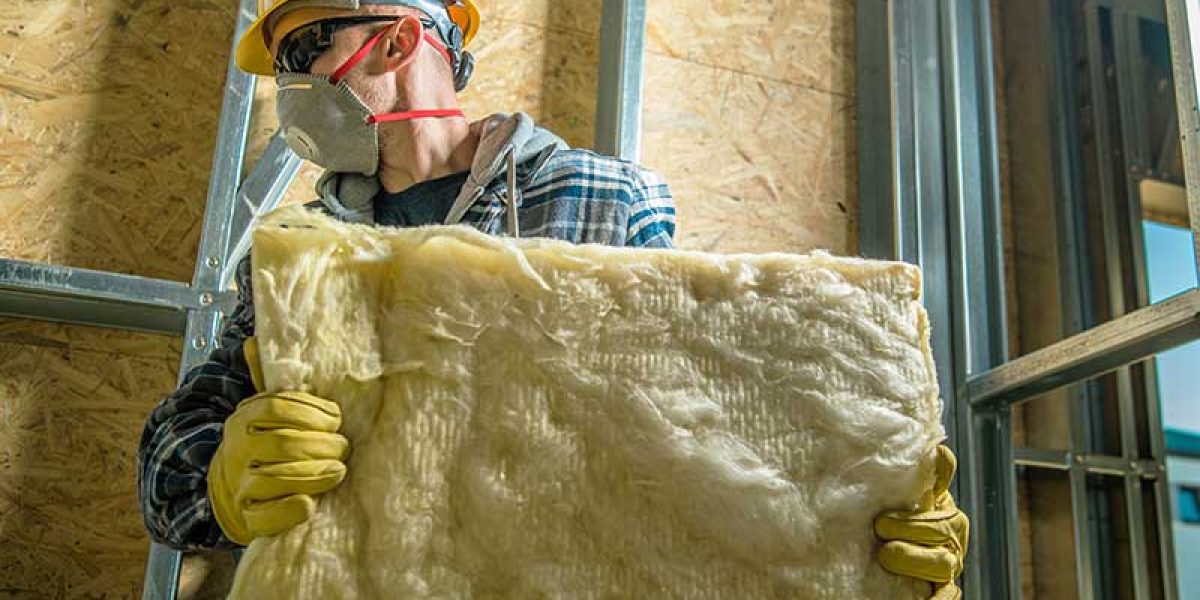In the never-ending search of energy efficiency in the building industry, innovative insulating materials are emerging as game changers. Traditional insulating materials, such as fiberglass and foam, have dominated the market for decades, but environmental concerns and energy efficiency requirements have prompted the development of innovative alternatives. Aerogel and phase-changing materials (PCMs) stand out for their distinct features and promise to transform building design.
Aerogel is the lightest solid material for insulation
Aerogel, sometimes known as “frozen smoke” due to its translucent and lightweight properties, is making significant advances in the building industry. Aerogel is composed of more than 90% air and has a remarkable thermal resistance, making it one of the greatest insulating materials available today. The material’s structure inhibits heat transmission, resulting in higher insulation performance in a thinner layer than standard materials.
Aerogel is used in buildings for a variety of purposes, including insulating windows, which enables natural light while blocking heat, and increasing the thermal efficiency of walls without the bulk of typical insulation. Despite its greater initial cost, aerogel’s long-term energy savings and space-saving properties make it an attractive investment for forward-thinking construction projects.
Phase-Changing Materials: Leveraging Thermal Dynamics
Phase-changing materials represent a new frontier in insulation technology. These materials absorb and release heat as they change between physical states (for example, solid to liquid and back). This unique ability allows PCMs to maintain a consistent indoor temperature, minimizing the need for heating and cooling systems and thereby lowering energy usage.
One of the most typical uses for PCMs is in drywall or ceiling panels, where they help mitigate the impacts of external temperature variations. During peak heat, PCMs melt and absorb excess heat, then release it when they solidify, which is especially useful in climates with considerable temperature swings between day and night.
Environmental Impact and Sustainability
The shift toward these new materials indicates an increasing concern for sustainability in construction. Aerogel, for example, is frequently manufactured from silica, which can be sourced from recyclable materials. Similarly, PCMs’ potential to minimize energy use is consistent with worldwide initiatives to reduce carbon footprints and prevent climate change.
Challenges and Future Directions
Despite their benefits, aerogel and PCMs present barriers to widespread implementation. The cost remains a key obstacle, as both materials are now more expensive than standard insulation. Furthermore, there are technological obstacles in incorporating these materials into established building techniques and assuring their optimal performance during the building’s lifecycle.
Future advances are likely to focus on lowering costs and increasing the durability of these materials. Research is also looking into composite solutions that mix aerogels and PCMs with other materials to leverage on their strengths while mitigating their weaknesses.
As we get closer to a sustainable future, the role of new materials like aerogel and phase-changing materials will become increasingly important in the construction sector. These materials are changing not only how we insulate buildings, but also how we approach architectural design, energy usage, and environmental responsibility. The transition of these materials from specialized to mainstream will be critical in our pursuit of truly energy-efficient and sustainable buildings.








